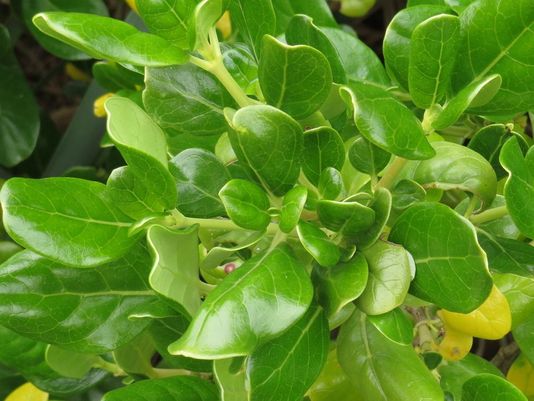Australian Plant Census (2011) available at: Vascular Plants APNI (biodiversity.org.au)
Allan, H.H. (1961). Flora of New Zealand Volume 1. R. E. Owen, Government Printer, Wellington, New Zealand.
Australia's Virtual Herbarium (AVH) (2007). Council of Heads of Australian Herbaria (CHAH). Available at: Home - AVH (chah.org.au)
Blood, K. (2001). Environmental Weeds: a Field Guide for SE Australia. CH Jerram & Associates, Mt Waverley, Victoria.
Brookes, M. and Barley, R. (1992). Plants listed in nursery catalogues 1855 -1889. Ornamental Plant Collections Association Inc., South Yarra, Victoria. Carr, G.W., Yugovic, J.V. and Robinson, K.E. (1992). Environmental weed invasions in Victoria: Conservation and management implications. Department of Conservation and Natural Resources and Ecological Horticulture, Victoria.
Hosking, J.R., Conn, B.J., Lepschi, B.J. and Barker, C.H. (2007). Plant species first recognised as naturalised for New South Wales in 2002 and 2003, with additional comments on species recognised as naturalised in 2000-2001. Cunninghamia 10(1): 160.
Jeanes, J.A. (1999). Rubiaceae in N.G. Walsh & T.J. Entwisle (eds), Flora of Victoria vol. 4, Inkata Press, Melbourne.
McLintock, A.H. (2007). Coprosma robusta, karamu, a shrub with dense clusters of pale greenish, unisexual flowers in A. H. McLintock (ed.) An Encyclopaedia of New Zealand, originally published in 1966.
Muyt, A. (2001). Bush invaders of south-east Australia, a guide to the identification and control of environmental weeds found in south-east Australia. R.G. & F.J. Richardson, Victoria.
National Herbarium of Victoria (2007) Records from the MELISR specimen database.
Tasmanian Department of Primary Industries and Water (2007). Karamu Species - Statutory Weed Management Plan. Available at: Karamu_WMP_2011.pdf (nre.tas.gov.au) [pdf link]
Walsh, N.G. (2007). National Herbarium of Victoria, Melbourne. Personal communication.
Wardle, P. (1991). Vegetation of New Zealand. Cambridge University Press, Cambridge, England.
Wilson, R.D. (1979). Chemotaxonomic studies in the Rubiaceae1: Methods for the identification of hybridisation in the genus Coprosma J.R. et G. Forst. using flavonoids New Zealand Journal of Botany Vol. 17:113-6































